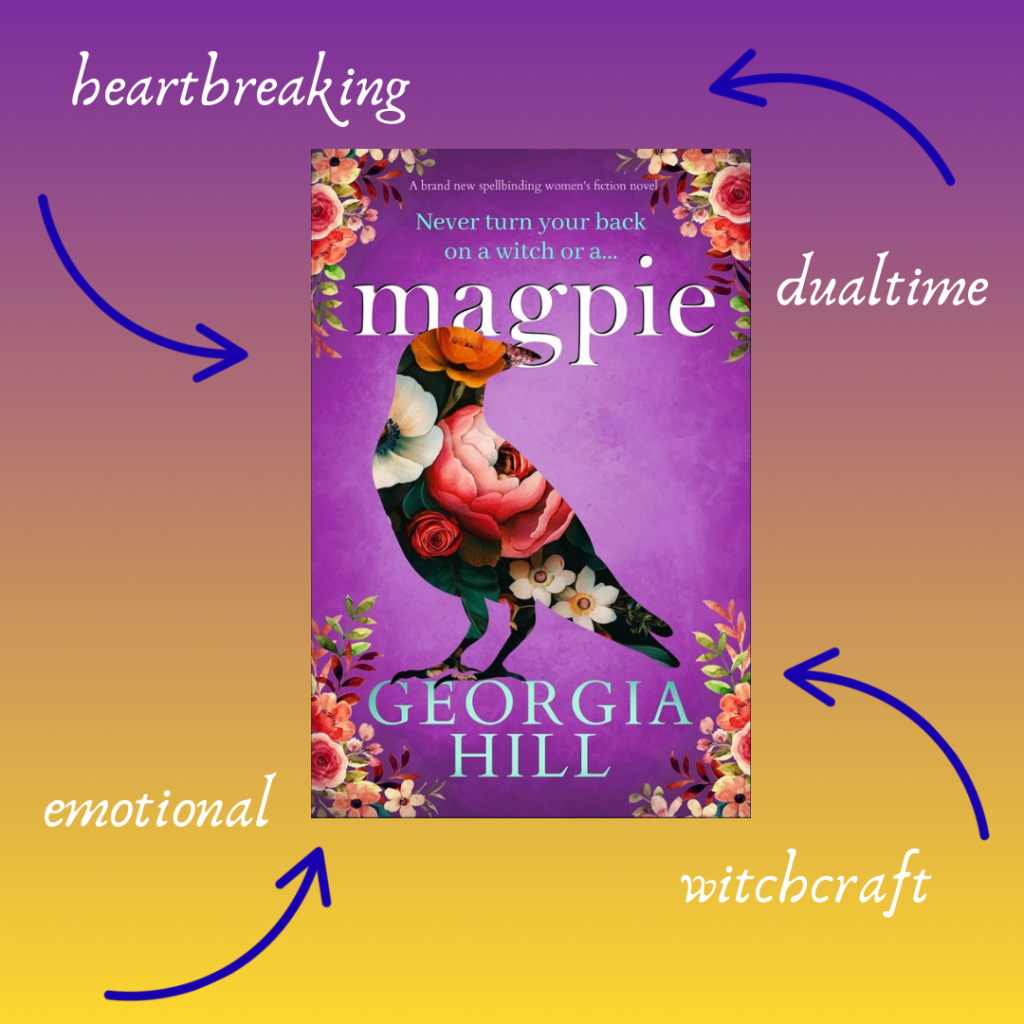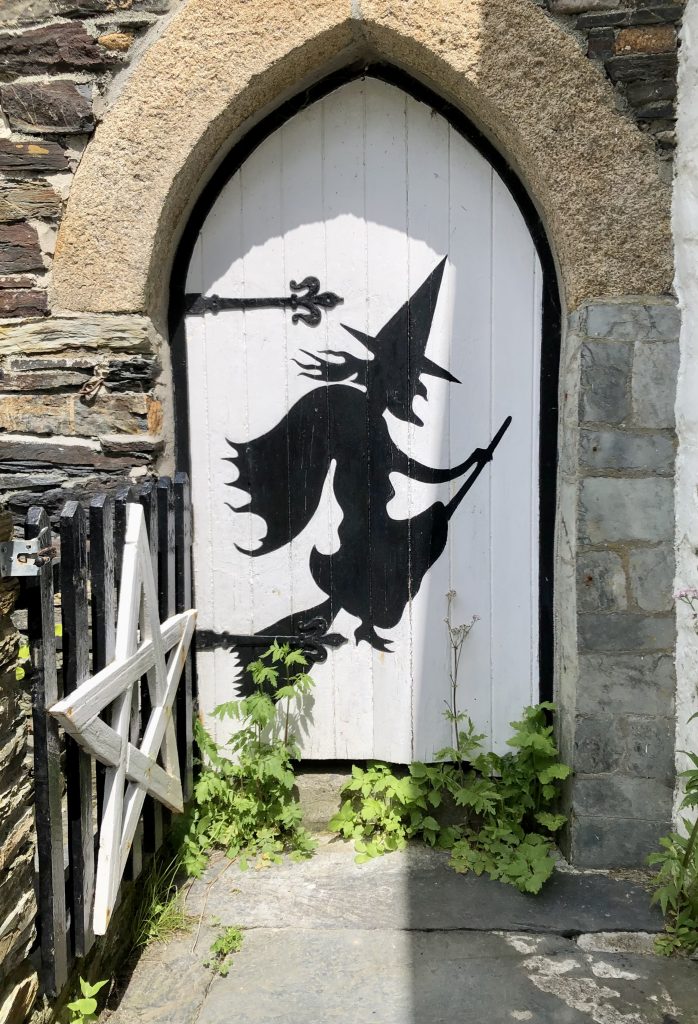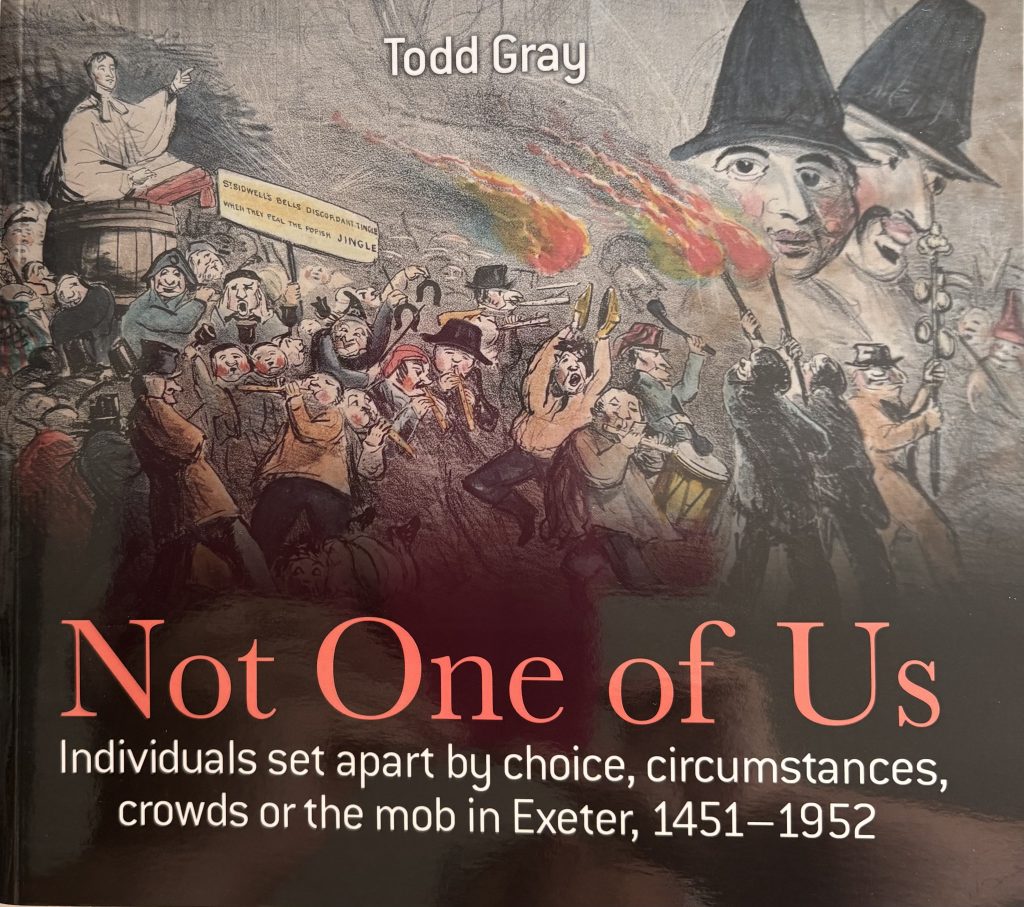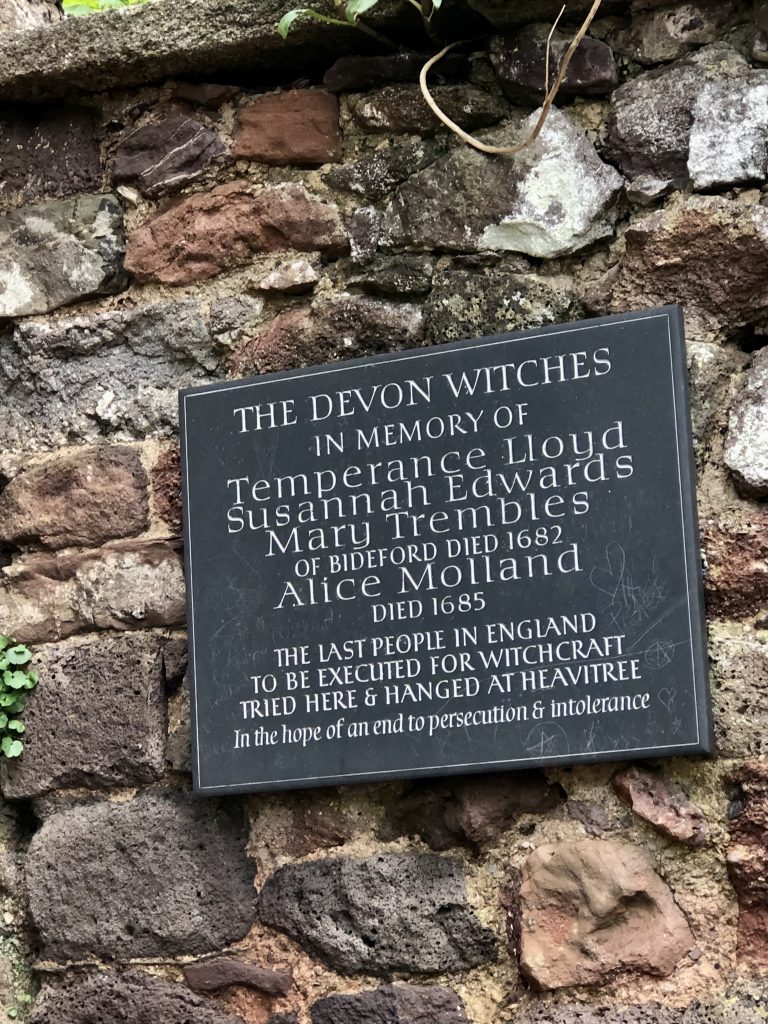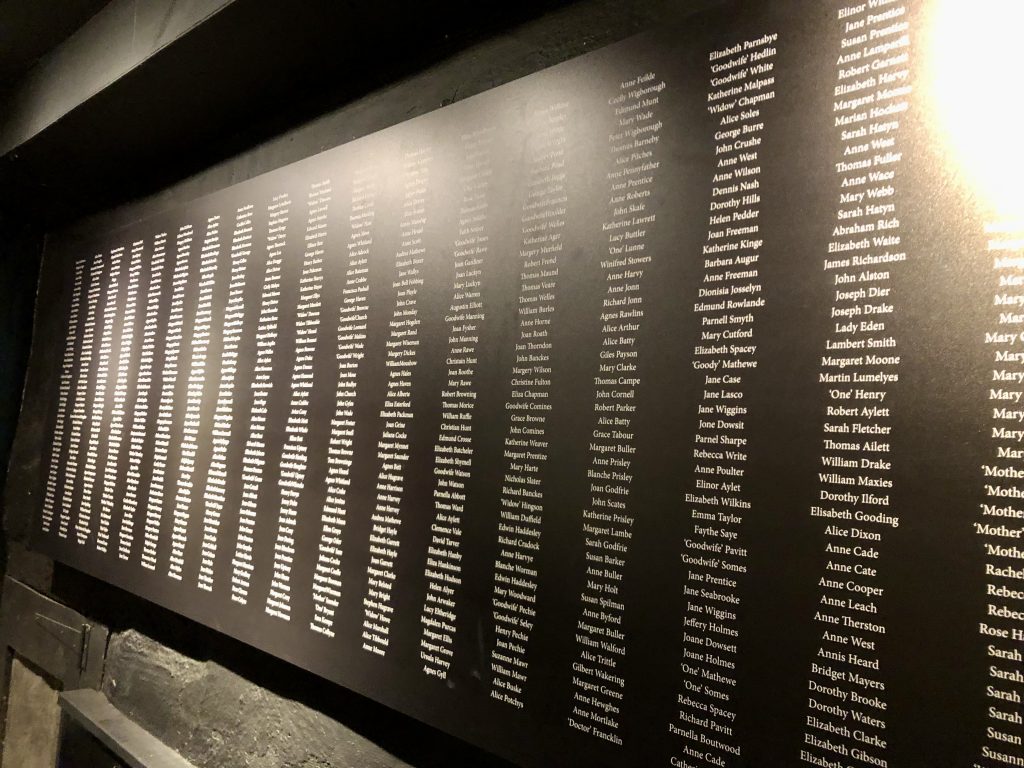So, where do you get your ideas from?
Writers are often asked this. Anywhere, everywhere and from anything is the short(ish) reply. The longer answer is that inspiration is a fleeting and ephemeral thing. Disparate strands float around and then crash into each other until impossible to ignore. While writing The Sea Glass Necklace, set in a sleepy Devon town called Flete, the nugget of another dual time historical novel set there was playing constantly in the background. And then things began to come at me thick and fast. Magpie began to take flight.
It’s been impossible to ignore the popularity of witch-themed books. I read and enjoyed Weyward and Widdershins, loved Elena Collins’ The Witch’s Tree and have devoured every witchy book the fabulous Syd Moore has ever written. Witches hold a fascination for me, which probably dates from visiting, as a small child, The Museum of Witchcraft and Magic in Boscastle, Cornwall. It left an indelible impression. I revisited last summer, as part of the research for Magpie and it has lost none of its power to enthral.
If you regularly read the Blog you’ll know how much I love the research. I began diving more deeply into the subject of witches and their persecution in England, research that was both engrossing and distressing. Then I happened upon the story of The Bideford Witches, three women who have the sad claim to be the last women in England to be hanged for witchcraft. I can’t remember when I first came upon them, but it may have been when I read the excellent Not One of Us: Individuals set apart by choice, circumstances, crowds or the mob in Exeter, 1451-1952 by local historian and academic Todd Gray. There are so many stories in that book. A fascinating read and one which comes highly recommended.
So, what else was the Universe pointing me in the direction of?
Occasionally I have to attend the eye clinic at Heavitree Hospital in Exeter. The area is now a bustling part of the city, with a university campus, a Waitrose, the hospital and lots of traffic. Usually stationary. On a cold lonely winter evening, waiting for the 9a bus home, I spotted one of the bus stops is called Gallows Corner. Later I found out The Bideford Witches, having stood trial at the Exeter Assizes, were taken to Heavitree to be hanged. My good friend and writer Devon-born Kathryn Haydon then told me Heavitree means hanging tree. So this part of the city which throngs with students and medics was once a site of public execution. And not that long ago either. According to The Heavitree Local History Society the last hanging was in 1866.
https://www.heavitreelocalhistorysociety.co.uk/newsletters/2017/hlhs-news-068-mar2017.pdf
It never fails to amaze me how, when you scratch even a little at the surface, history is lying there, waiting to be discovered. Of course, because this is women’s history, and a shameful episode at that, you have to scratch away more deeply to find it. There is a plaque dedicated to The Bideford Witches hung on the wall of Rougemont Castle in the middle of the city and where the gaol once was, but it’s a grudging sort of apology for the deaths of three women who were most probably annoying, quarrelsome and sometimes drunk but who didn’t consort with the Devil.
If this is making you angry, join the club. I poured mine into the book and channelled it through my modern heroine, Beth, who was doing the same sort of research.
In the Museum of Witchcraft and Magic is an enormous board. It’s inscribed with the names of all those who lost their lives as a result of an accusation of witchcraft. Women, men and even some children. It’s humbling to stand before it. The sixteenth and seventeenth centuries saw an epidemic of witch hunting and not just in England and Scotland. An estimated 40,000 – 50,000 people were executed across Europe.
Interestingly, the Celtic countries of Wales, Ireland and Cornwall saw fewer convictions. One theory being their cultures lived more closely with nature, the little people or the piskies, and were therefore more tolerant of the idea of the supernatural. And, as we all know, you never mess with a Cornish piskie …
Flete, my sleepy Devon seaside town has a harbour, a long beachfront, was once a mighty Roman port (which I wrote about in The Sea Glass Necklace) and the formidable Bill who runs the museum and who appears in both books. When I decided the town would have a cobbled street with Tudor buildings, I knew I had my link between my two narratives. Tenpenny House is the place my heroines share – just at different times in history – Susanna in 1660 and Beth in 2018. It’s as much a character as the humans in the book.
I began to get that tingle, that sixth sense that I was onto something.
However, I write dual narrative novels, with a modern story mirroring, or at least having a connection with, the historic. With such a dramatic life or death plot in my historic narrative, I struggled making the modern part as gripping. Then I happened upon a Radio 4 programme about a woman who had suffered from an online deepfake porn campaign. And there it was, my twenty-first century storyline. As Beth discovers in the book, women may no longer face the gallows for holding controversial views, but they can face just as much of a witch hunt on social media.
If this has whetted your appetite to find out more, and I strongly urge you to do so – it’s a fascinating and neglected aspect of women’s history, can I recommend the following.
Recommended witchy fictional reads:
Weyward by Emilia Hart
Widdershins by Helen Steadman
The Witch’s Tree by Elena Collins
Witch Hunt
The Witching Hour
The Grand Illusion all by Syd Moore.
Recommended non-fiction:
Accused by Willow Winsham
Maids, Wives and Widows by Sara Read
Culpeper’s Complete Herbal edited by Steven Foster
The Time Traveller’s Guide to Restoration Britain by Ian Mortimer
Recommended podcast:
Witch BBC Sounds
I am indebted to the Museum of Witchcraft and Magic who gave me kind permission to take photographs inside the museum for research purposes and for me to include some of them here. Please visit the museum. It’s completely unique and utterly wonderful.
Home – Museum of Witchcraft and Magic
There’s so much more to the research behind Magpie, which I’ll explore in another Blog. Keep an eye out!
Buy link:
Love,
Georgia x

